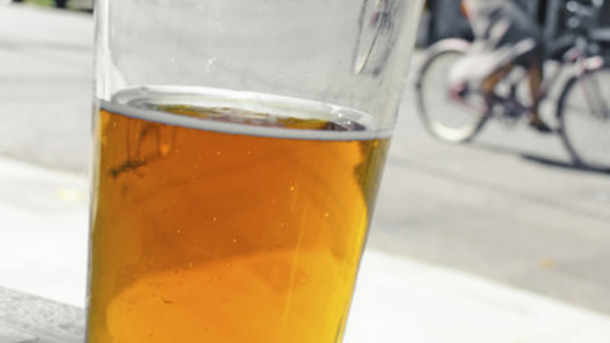New alcohol guidelines released (it’s bad news)
The risk of a developing a range of cancers increases directly in line with consumption of any amount of alcohol, according to the new advice.
New alcohol guidelines have been issued across the United Kingdom, tightening up the previous rules around what is regarded as “safe” drinking levels.
Government guidelines on alcohol consumption have been revised, with men being urged to halve their weekly intake from 28 to 14 units – the biggest change in public health policy for more than 20 years.
Some studies have suggested low-level drinking could protect men from heart disease but the guidance says this is no longer the case.
England’s chief medical officer Dame Sally Davies said there was a need to update the advice based on new scientific evidence.
“Drinking levels in the United Kingdom are nearly double what they were in 1960, so it’s vital we invest in national health campaigns to provide people with clear information about the health risks of drinking alcohol, particularly at levels above these new guidelines”.
A man who drinks 6 pints of average strength beer a week would reach the total of 14 units and remain at low risk of illnesses such as liver disease or cancer.
“Recent evidence showing alcohol consumption as a cause of certain cancers means there is no level without any risk”.
Christopher Snowdon, Head of Lifestyle Economics at the Institute of Economic Affairs, said: “Alcohol consumption has been falling for a decade”.
Taking this into account alongside all the known acute and chronic risks to health from drinking even at low levels, supports the conclusion of the group that there is no justification for recommending drinking on health grounds, nor for starting drinking for health reasons.
The UK’s chief medical officers have admitted that the effect of alcohol on cancers was not fully understood when the previous guidelines were issued in 1995.
Drinking at the recommended limit would result in people having a 1 in 100 chance of dying from an alcohol-related condition over their lifetime, a level of risk that the report says is comparable to risks from other regular or routine activities, such as driving.
In Denmark, the advice allowed for 14 drinks per week for men, seven for women; in Italy, two to three drinks for men, and one to two for women; while in South Africa, men were allowed three drinks a day, and women two.
Previously, Scotland was the only country in the United Kingdom to advise women that there is no safe amount of alcohol that can be drunk during pregnancy and that the best approach for expectant mothers is not to drink at all.
Tighter new guidelines on safe levels of drinking were today welcomed by an alcohol campaign group.
The guidelines also contradict another widely held belief, that a small amount of alcohol can be good for you.
Dr Catherine Calderwood said she was “pleased” by the move.
But now the guidance does not differentiate between men and women, reducing recommended intake to 14 units across the whole week. The new guidelines bring men’s upper limit down to 14 units per week, in response to the latest research, which suggests that the overall health risks for men and women are the same.
Pregnant women are being told to abstain from drinking completely as a precautionary measure. These guidelines should help people to make informed choices.
The review found that the benefits of alcohol for heart health only apply for women aged 55 and over – and even then it’s in very small amounts, around five units a week.








